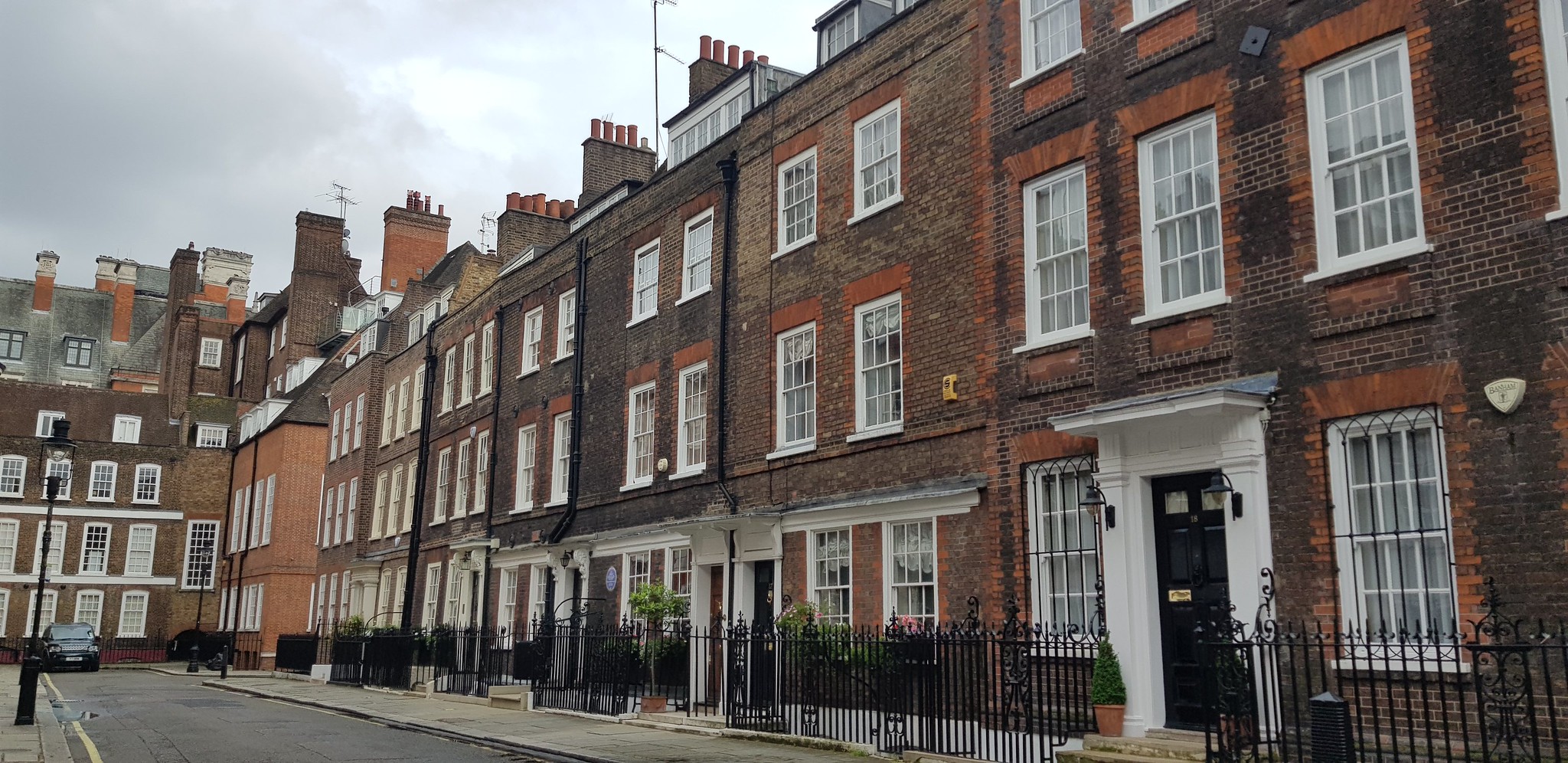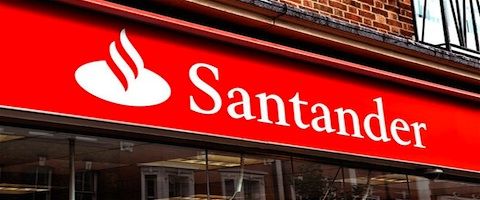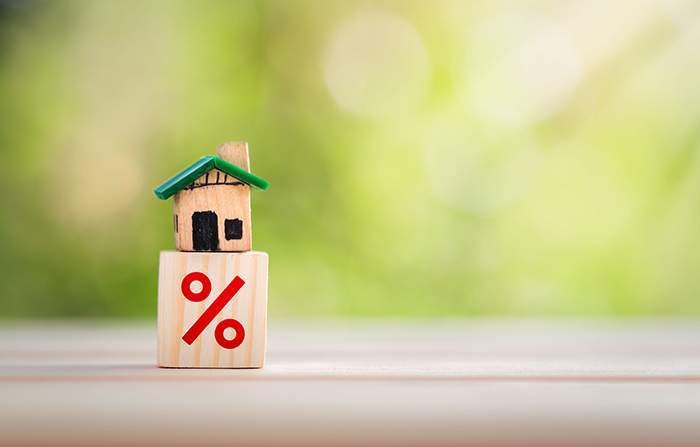
Prime Central London homes are selling at their lowest prices in over a decade due to tax changes over the last year, according to Savills.
The property agent says values fell by 2.6% in the year to the end of March, “primarily in response to changes introduced in the Autumn budget,” with the business forecasting further falls this year.
It adds: “This means that the average property in prime central London is 21.2% lower than its peak in June 2014 – a saving of £1.2m on the average prime central London property, which is currently worth £4.6m.”
Savills head of residential research Lucian Cook says: “The abolition of the non-doms tax regime and imposition of an increased stamp duty surcharge on additional homes sits firmly behind a further easing in prices in central London.
“However, the scale of those price falls has been limited by several factors, including the value already on offer since before the Budget.
“Compared to the pre-downturn peak of the market, prices are in a similar position to those last seen in 2009 and 1992, when values had fallen by 25% and 22%, respectively.”
Labour has accelerated the previous Conservative administration’s plans to phase out the non-doms tax regime by 2029.
While in the October Budget Chancellor Rachel Reeves lifted the stamp duty surcharge on second homes to 5% from 3%.
Cook says: “But despite some owners becoming non-resident for tax purposes, we haven’t seen a lot of stock hit the market.
“Our clients are broadly keen to keep a base in London, especially given the backdrop of global geopolitical uncertainty.
“As such, our expectation that prices in Prime Central London will bottom out this year remains, with prices expected to readjust by -4% by the end of 2025, with the majority of falls expected to take place in the first half of the year.”
The agent says Notting Hill, which has flatlined, was the only Prime Central London area not to experience any falls in the year to March, “as it also benefits from a strong hold of domestic demand”.
By contrast, the strongest parts of the London market have been in Hackney, growing 4.9% in the period, while Putney, Wimbledon and Islington all lifted by 3%.
Cook says: “Domestic buyer demand has been supported by the interest rate cuts that have already occurred, but the prospect of lower debt costs later in the year hasn’t provided a great deal of urgency among prospective buyers.”


